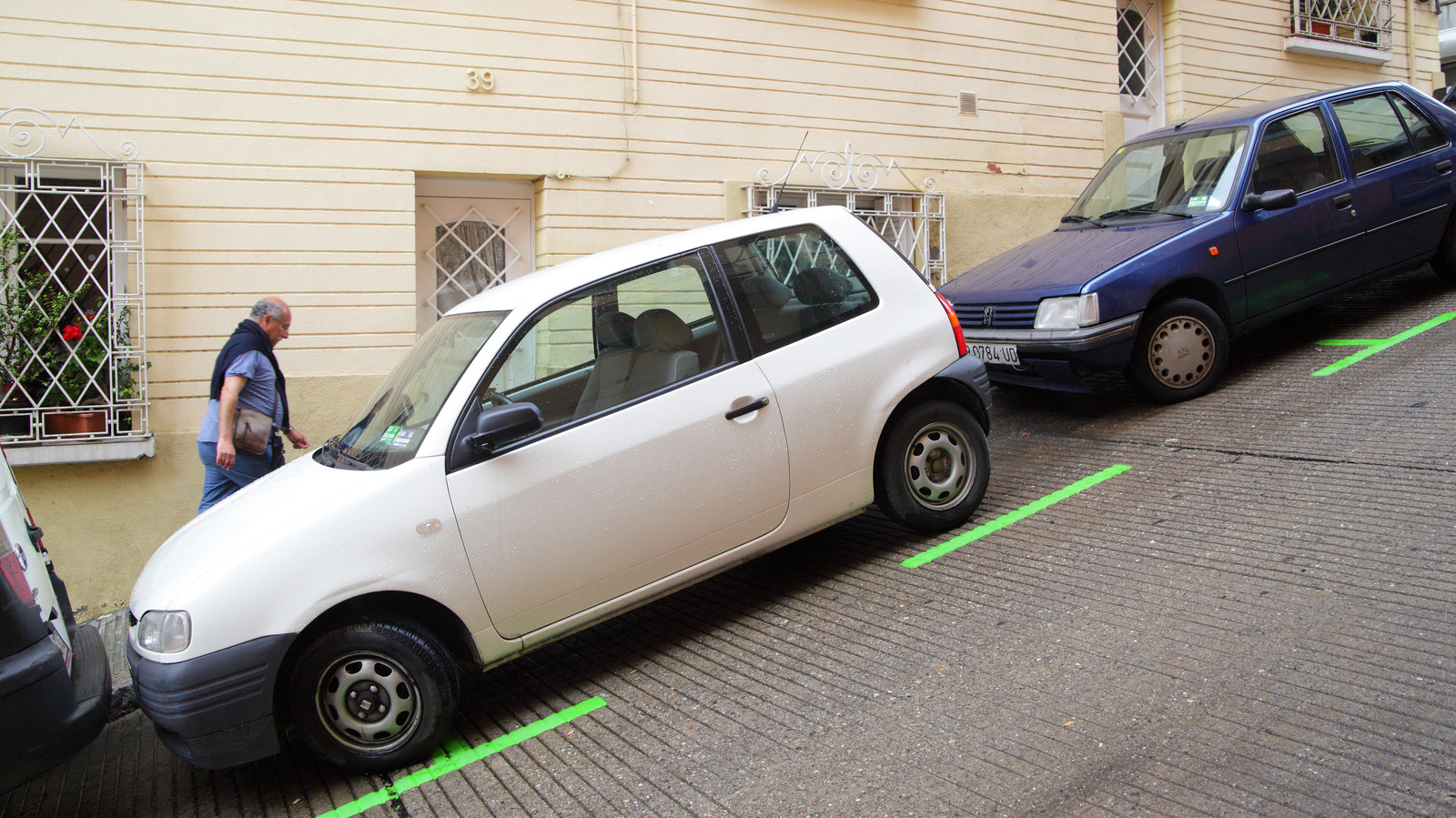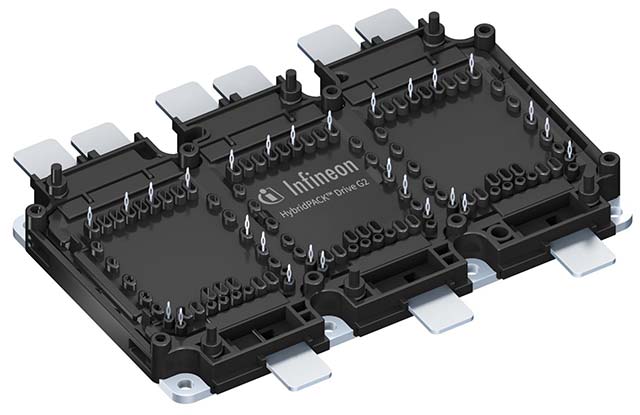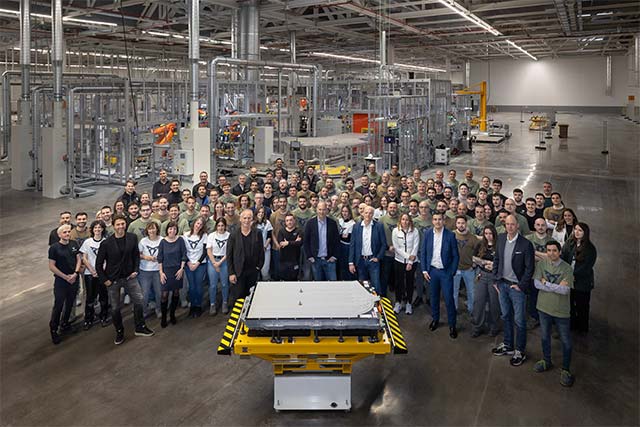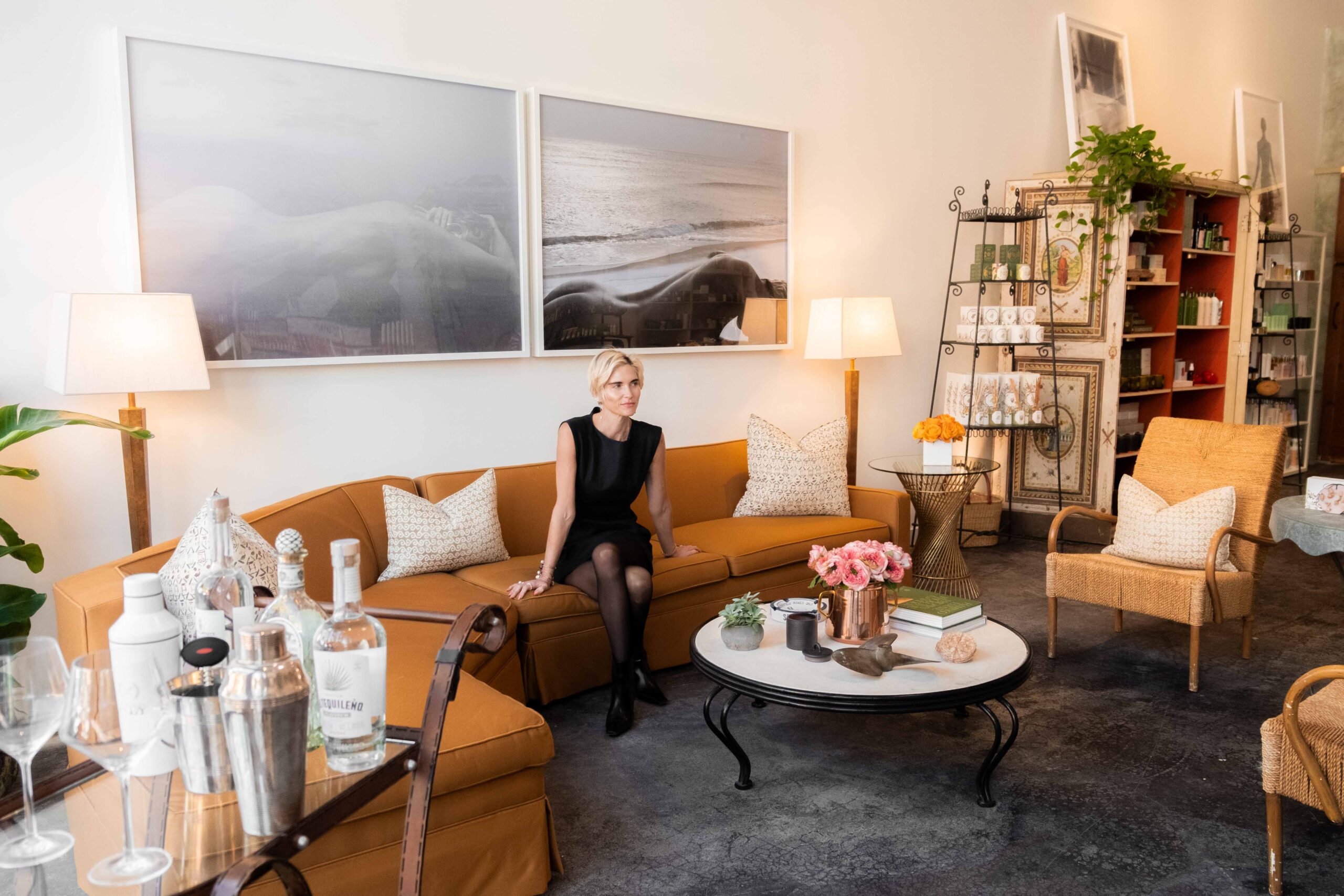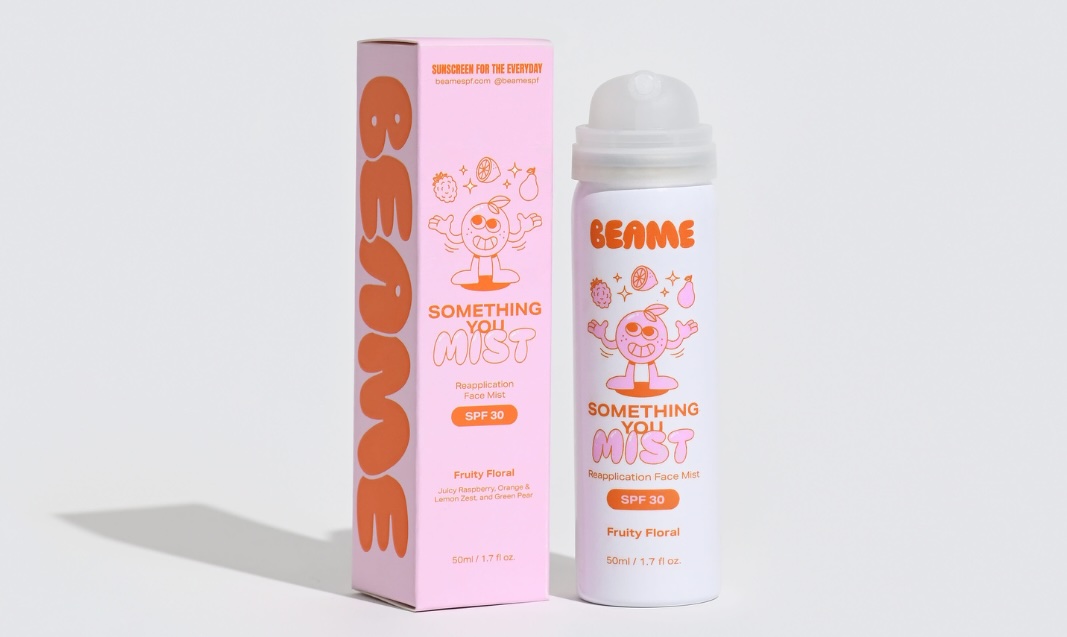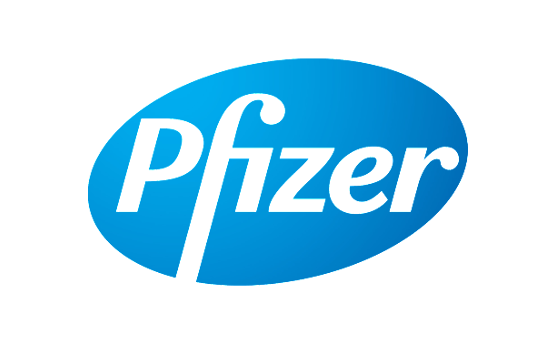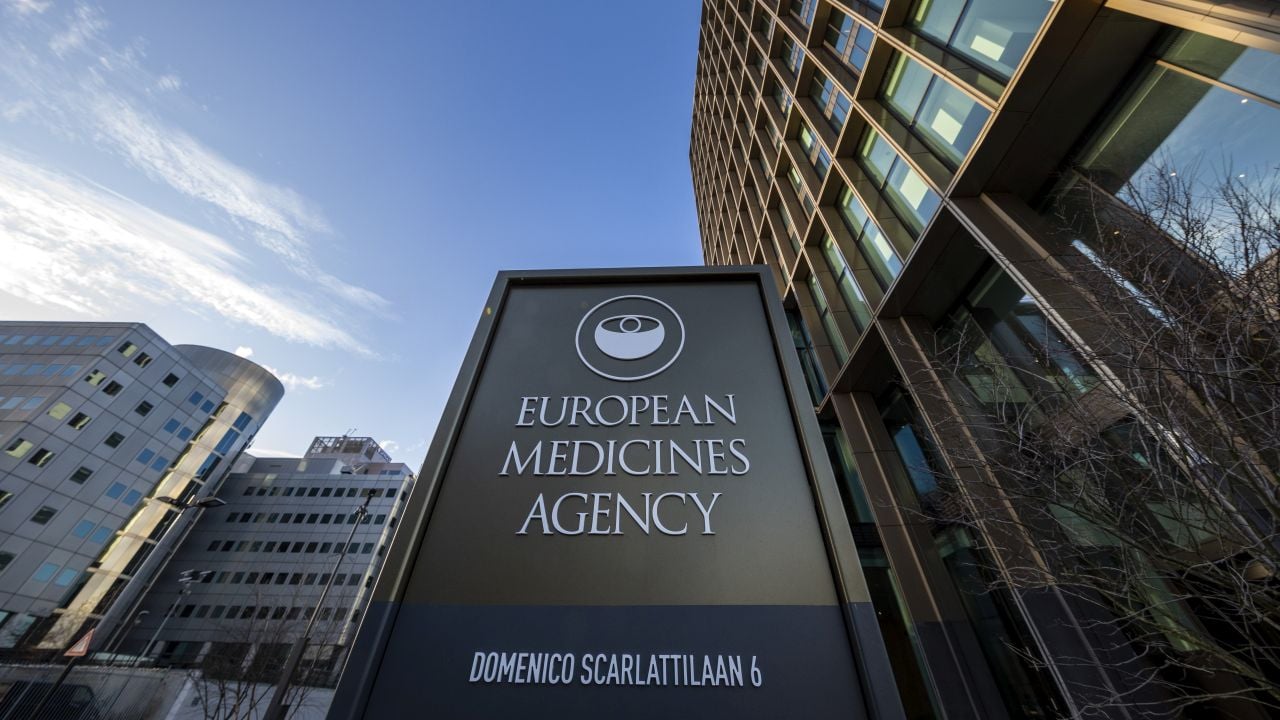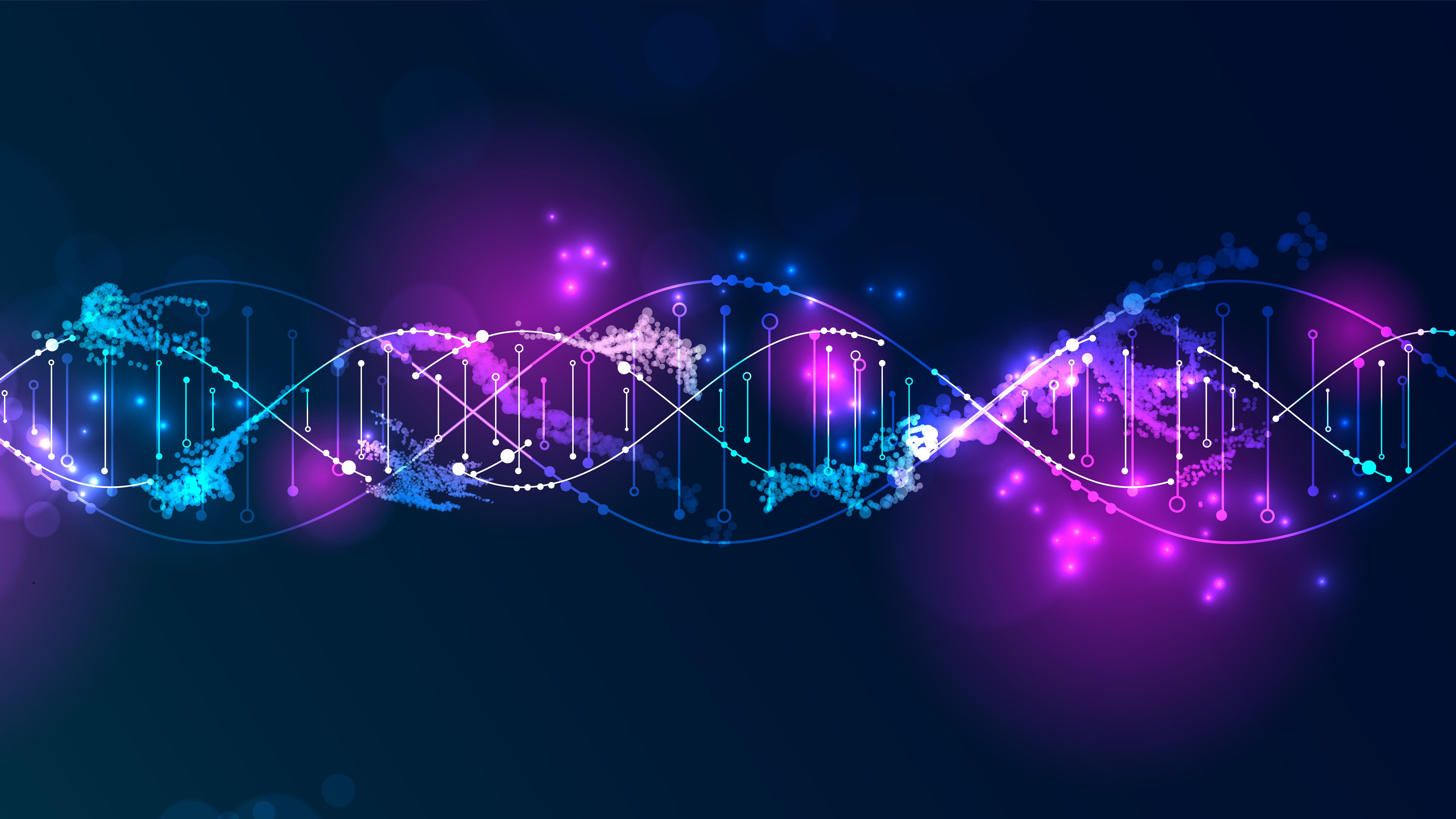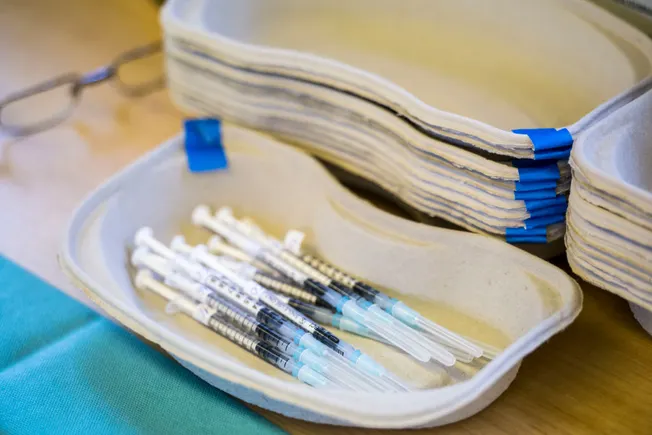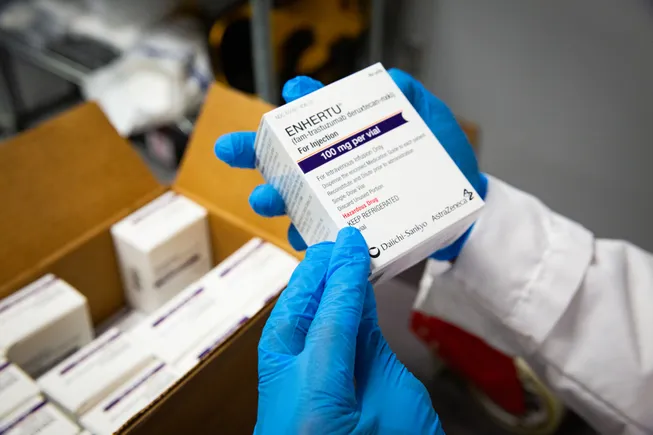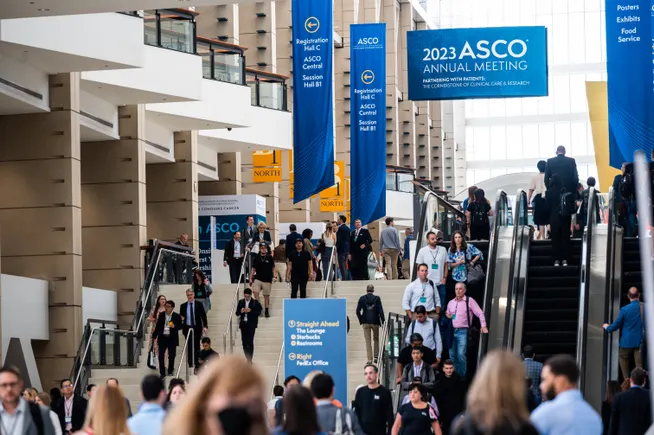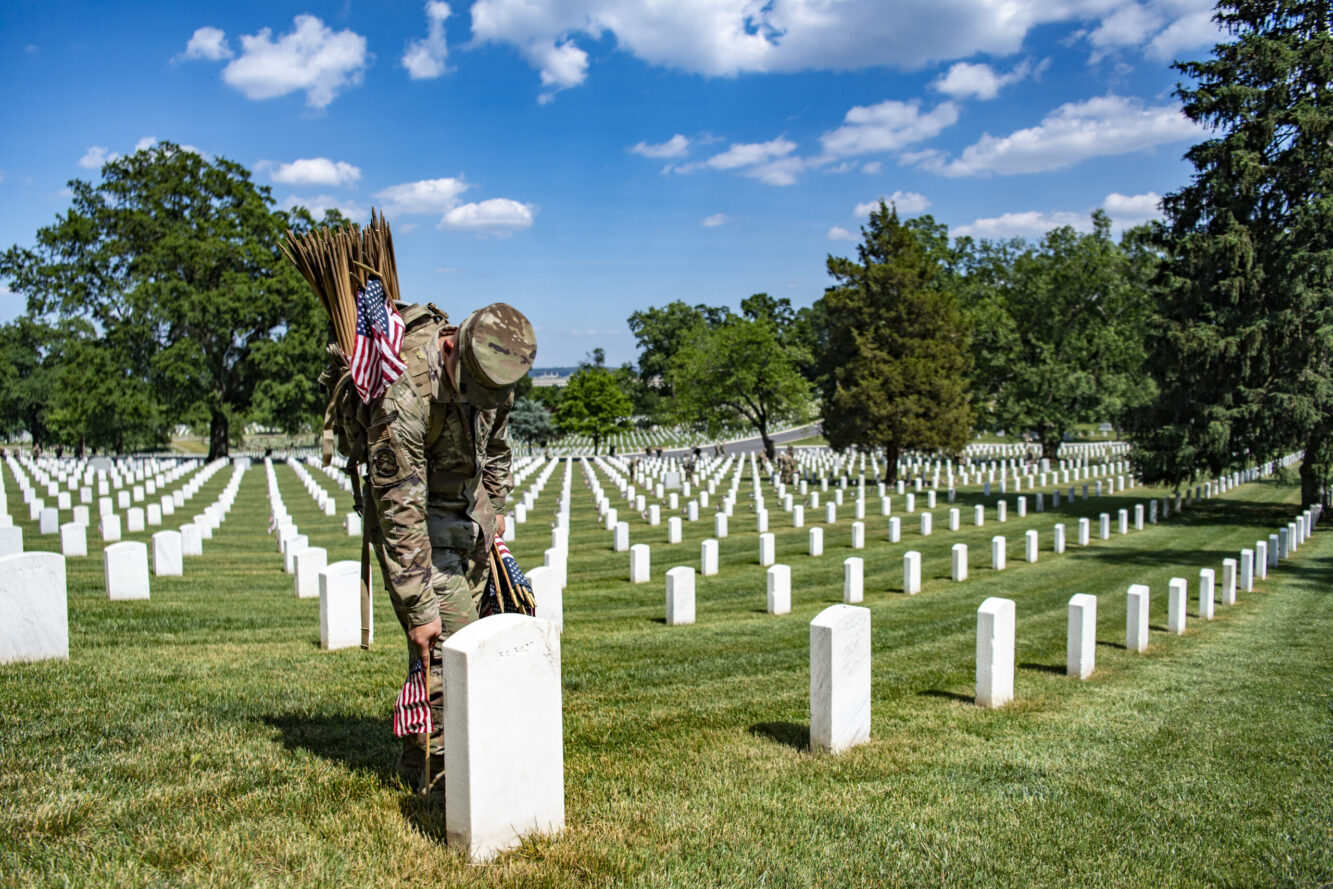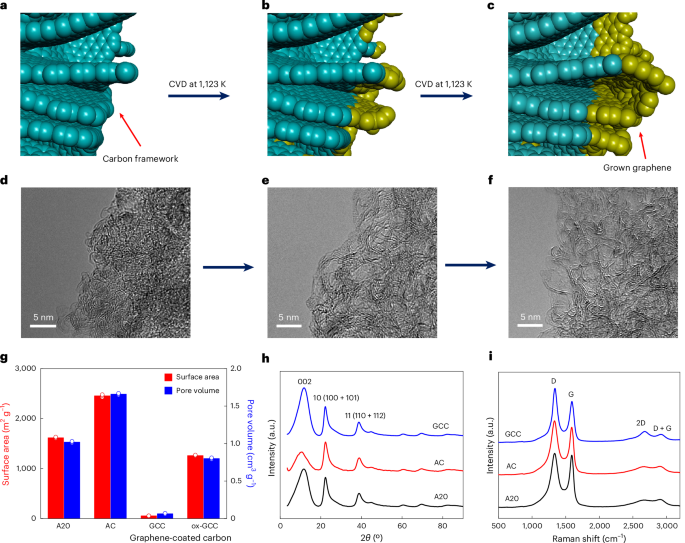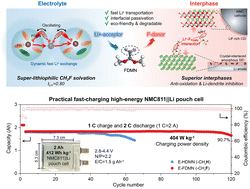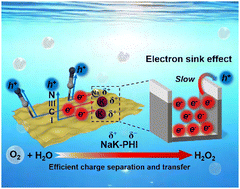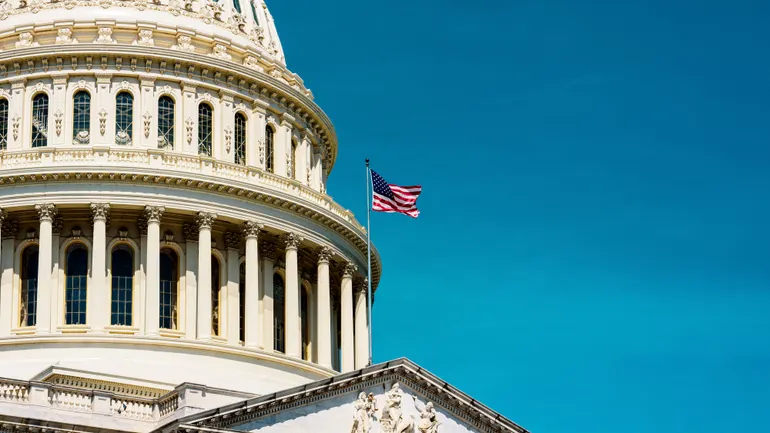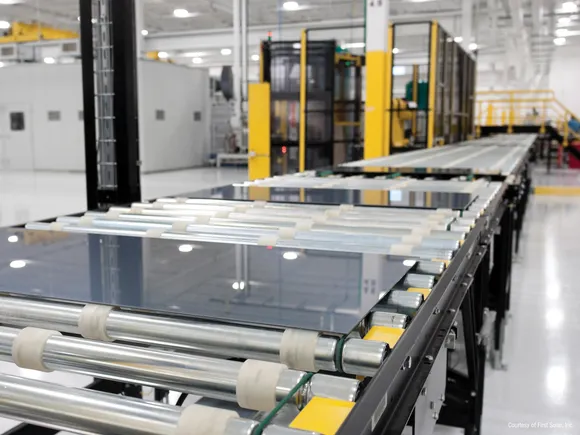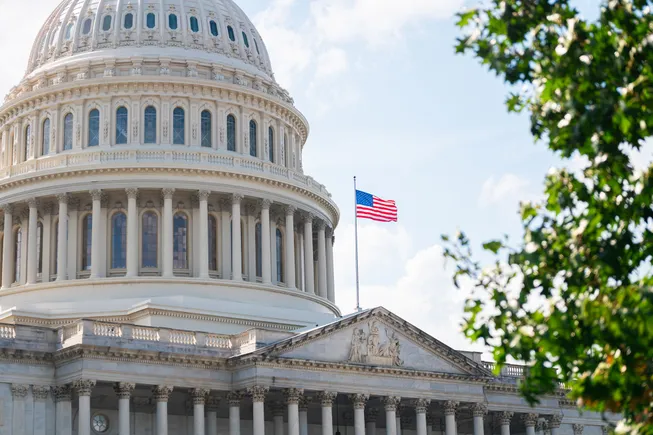Biomimetic Transformation of Inferior Parenchyma Cellulose into a Sustainable, Functional Medical Hydrogel Inspired by the Dermis
Advanced Healthcare Materials, EarlyView.

This study develops a hydrogel with exceptional stretchability and strong adhesiveness, crucial for conforming to skin movements and securely adhering to wound sites. Parenchyma cellulose is modified with β-cyclodextrin, liquid metal, and pectin via a one-pot strategy after dissolution, forming a dermis-like network. This hydrogel exhibits skin-like elasticity, strong adhesion, and antibacterial efficacy, achieving 75% wound healing in 10 days.
Abstract
Inevitable daily damage to skin necessitates advanced occlusive dressings to mitigate infections and accelerate regeneration. Biomacromolecule-based hydrogels serve as sustainable alternatives to synthetic polymers, facing challenges in achieving multifunctional integration. To address this issue, a novel multifunctional biomass-derived hydrogel is developed which exhibits characteristics such as stretchability, adhesiveness, moisture absorption capacity, drug loading/sustained release, and antibacterial properties. The gel is developed through synergistic interactions among bamboo-derived regenerated cellulose (RC), carboxylated β-cyclodextrin (Hβ-CD), silanized liquid metal nanodroplets (SLM NDs), and pectin. This composite forms a 3D network stabilized by hydrogen, ionic, and amide bonds, exhibiting exceptional stretchability (247.7%), adhesiveness (7.81–23.97 kPa), and toughness (4.47 MJ m−3). Its microporous structure efficiently absorbs wound exudates; while, maintaining an optimal healing microenvironment. Host–guest interactions between Hβ-CD and benzalkonium chloride (BKC) enhance drug-loading capacity, achieving 78.8% sustained release. Antibacterial assays demonstrate inhibition zones against E. coli (20.07 ± 1.57 mm) and S. aureus (32.21 ± 0.34 mm). In vivo studies reveal 75% wound closure rate within 10 days. SLM NDs enable dynamic reversible bonds for mechanical adaptability; while, pectin reinforces bioadhesion and structural integrity. These properties make this hydrogel a promising candidate for clinical wound care, offering significant potential for medical applications.













